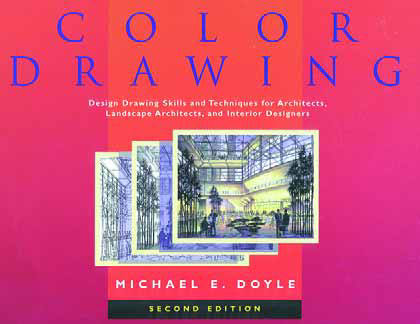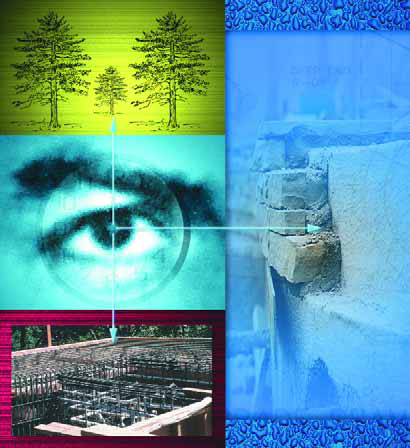communication
Whenever I'd call my mother on the phone when I was a kid, she'd start the conversation by asking me, "Are you smiling?" Back then, I never gave her greeting too much thought because that's what young people do: They ignore their parents' wisdom until they realize at some point just how smart the old folks could be. As I've grown older and gained experience in business and life in general, it has occurred to me that my mom's question is important and even a bit profound. At first blush, this notion of smiling on the phone is sort of silly. After all, no one sees your face when you're on the phone, so who cares about the expression on your face? But the truth is, this question of whether or not you're smiling on the phone has everything to do with
People who know me are aware of the fact that I can be quite outspoken. They know I've been extremely critical of the pool and spa industry and have made it my crusade to argue that, as an industry, we need to elevate our game. My particular concern lately has to do with the areas of design and presentation. Before I get started, please note that what I'm about to say is directed mainly to readers who come to WaterShapes through what is traditionally labeled as the pool and spa industry. (To be sure, this information should also be of interest to those of you who come to watershaping from the landscape industry because it
Lately I've been finding myself in what seems like a fairly unique position: On the one hand, I work as a design consultant for architects and as a designer for high-end customers; on the other, I work as a builder executing the designs that customers and their architects choose. In this dual capacity, I've been able to gather a tremendous amount of input from construction clients and transfer it in one form or another as a consultant. I also have had the opportunity of seeing how decisions made in the design process play out during the construction process. Seeing both sides has led me to certain conclusions, chief among them
Among the most useful and influential books I've read in my career as a landscape architect and watershape designer is Color Drawing by Michael E. Doyle (John Wiley & Sons, 2nd edition, 1999). I went in to landscape architecture mainly because I wanted to learn to do beautiful hand-drawn renderings and presentations. I'd started drafting in 7th grade, always really enjoyed the process and, even though I'm far from a great natural talent, have always seen drawing as a
When it's completed sometime in mid-2002, the Mesa Indoor Aquatic Center will be among the premier U.S. facilities for competitive swimming, diving, water polo, synchronized swimming and synchronized diving. Once it's up and running, MIAC will be the country's largest indoor competitive swimming facility owned and operated by a municipality; just as certainly, it will also act for years to come as host to countless world-class aquatic competitions. A project like this
It's natural for me to wax poetic about my work. Gardening and garden designs are what I call my "magnificent obsession" - so much so that the other arts in which I have an interest and for which I even have talent will generally take a back seat. After more than 19 years as a professional landscape designer, I am still driven and excited by the challenge of creating comprehensive landscapes for my clients. I thrive on the complexity of organizing the myriad elements required to create outdoor spaces that function properly, are beautiful and harmonious to the eye - and even touch
In the past few issues of WaterShapes, I've used this column to share some very specific construction techniques with you - each one a special detail that I've used to add value and interest to my work. Before I did the first in the series, however, I probably should have laid down an important ground rule: Everything that you've seen in this column - and in the other articles and columns I've written and will write in the future - requires both constant and competent on-site supervision. It's a fact of life: The best design feature in the world isn't worth anything if it isn't executed properly. And no matter how good your in-house staff or subcontractors are, they need
I remember several years ago, back before it was really fashionable to build completely naturalistic pools, that I decided this was exactly what I wanted to do. This was in the very early 80s, when you'd see maybe some rocks on the bond beam or a waterfall on the end of the pool - but that was about as natural as it got back then. My new idea was to create environments that were completely natural, stem to stern. I tried presenting the concept to a number of potential clients, explaining how we could do things like angle the top of the pool and install rocks all around the edge and create natural
Long before the Bobcats show up, most watershape designers will have used some sort of two-dimensional artwork to excavate their customers' imaginations. Perhaps it starts with old photographs in a portfolio, but it almost always ends up with new drawings that encourage precise, detailed communication between designer and client in a way that can never be fully achieved with verbal descriptions or written proposals. If done with appropriate detail and skill, a drawing gives designer and client the opportunity to explore the






















To the Good Life!